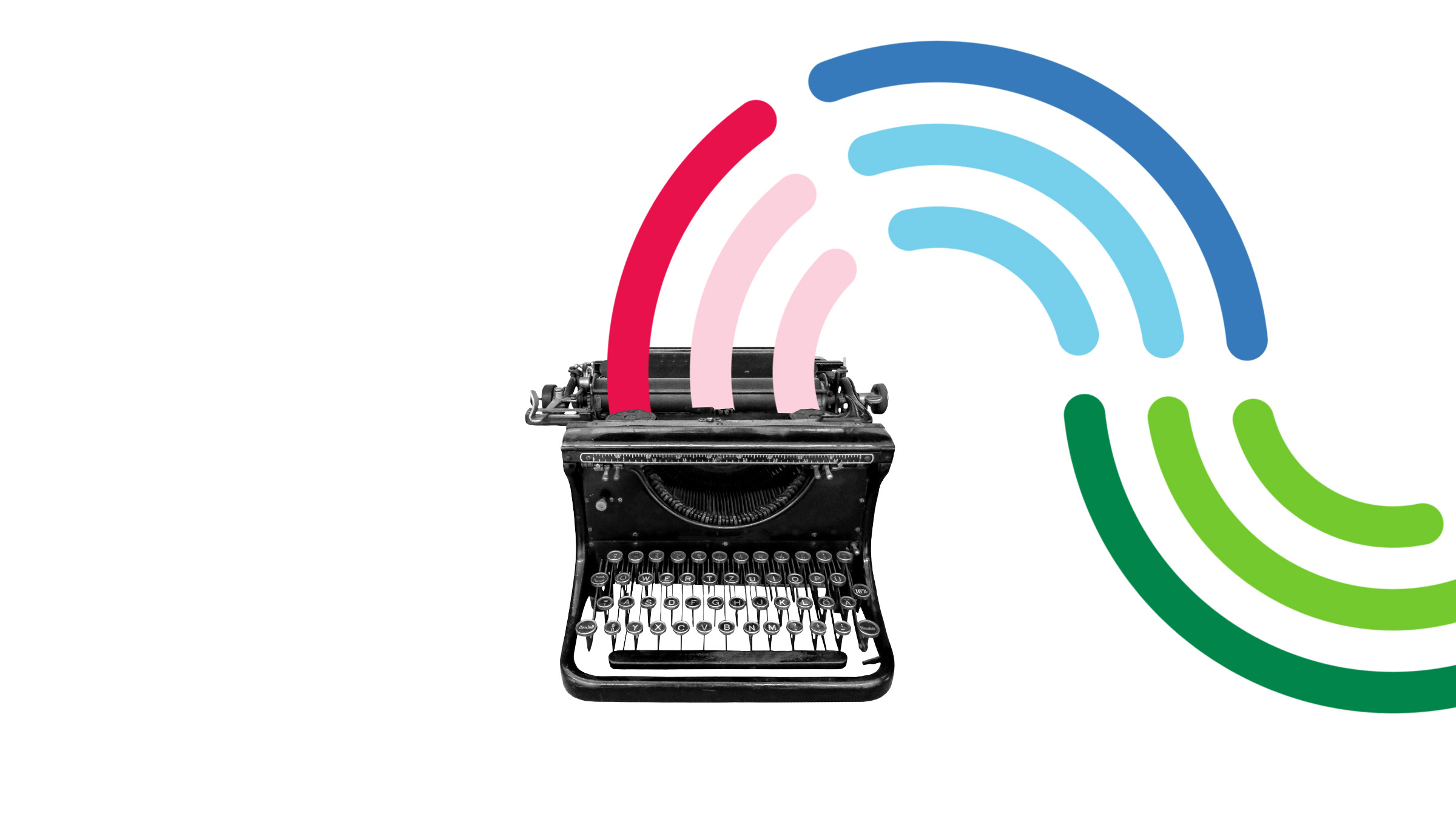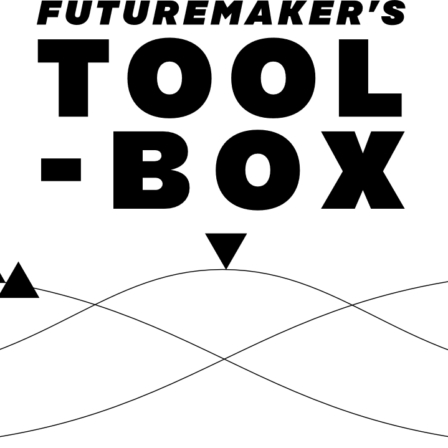Do the following
By verbalising the next four items, you will get far in writing your vision.
1. Values and ideals
Describe the values on which your vision is built. What values do you want to emphasise in particular?
2. Megatrends
You can use Sitra’s 2017 megatrends as the basis of your vision-related work, for example: 1) Riddle of work and income; 2) Representative democracy fatigued; 3) The economy at a crossroads.
Which megatrends are the most important to your organisation, and which of them should the vision answer? What choices do the megatrends create? For example, if you considered the riddle of work and income the most important megatrend, what does it mean from the point of view of your operations?
3. Social policy or long-term focal points
Once the megatrends key to your organisation have been chosen, think about what the organisation should focus on in the long term to pursue the vision, taking the megatrends into account.
4. Day-to-day life
What will people’s day-to-day lives look like once your vision has been reached?
Example
The example below is based on the “Next era of well-being” vision that marks out the way towards a sustainable welfare society of the future. Read more in the memo “Next era of well-being – ideals, vision and solutions.”
1. Values and ideals
The Next era of well-being is built on Nordic core values, including fairness, equality, gender equality, people’s right to self-determination, strong rule of law and democracy.
2. Megatrends
The Next era of well-being vision uses the following megatrends as its starting point:
- the global sustainability crisis;
- global interdependence and growing tensions that have led to a new phase in geopolitics;
- rapidly evolving technology;
- the riddle of work and income;
- fatigued representative democracy;
- the economy at a crossroads.
3. Social policy or long-term focal points
In the Next era of well-being vision, advanced social policy responds to the challenges of income, inclusion and progress in the following ways.
- The entire economic system is moving towards a fair, competitive circular economy.
- Administration and governance need to be developed determinedly so that their advanced nature will be an asset. This will be vital for an overall reform of the social benefits system and for achieving more democratic ways of working, for example.
- Additional investment should be made in lifelong learning for the benefit of overall levels of education and for the progress of the entire nation, in a similar way to that of the comprehensive school reform.
4. Day-to-day life
Should the Next era of well-being vision come true, day-to-day life would look be as follows.
- The effects of global megatrends will be seen more as opportunities than threats.
- Working life and basic social security: The current transformation of working habits will lead to more opportunities. The uncertainties of working life will be mitigated by a system of basic social security that recognises the new ways of working and makes it possible to rely on basic income.
- Democracy and inclusion: Being heard and doing things together will supplement and reform democracy, creating an experience of inclusion.
- Education and learning: The opportunity to grow as a person throughout one’s life will bring advancement within everyone’s reach.
Next
Go to the vision-builder’s checklist.










Read more
Use these to move forward